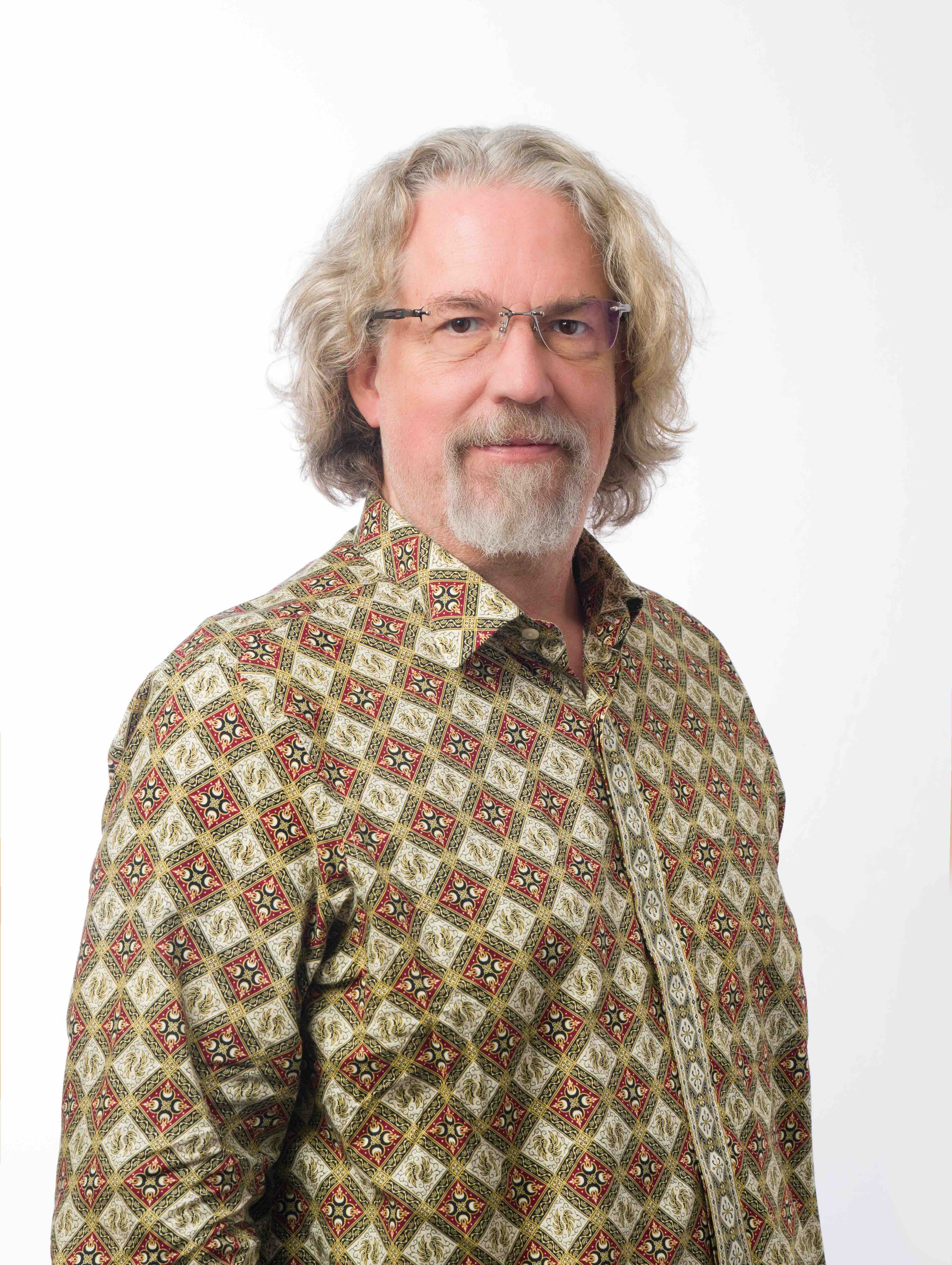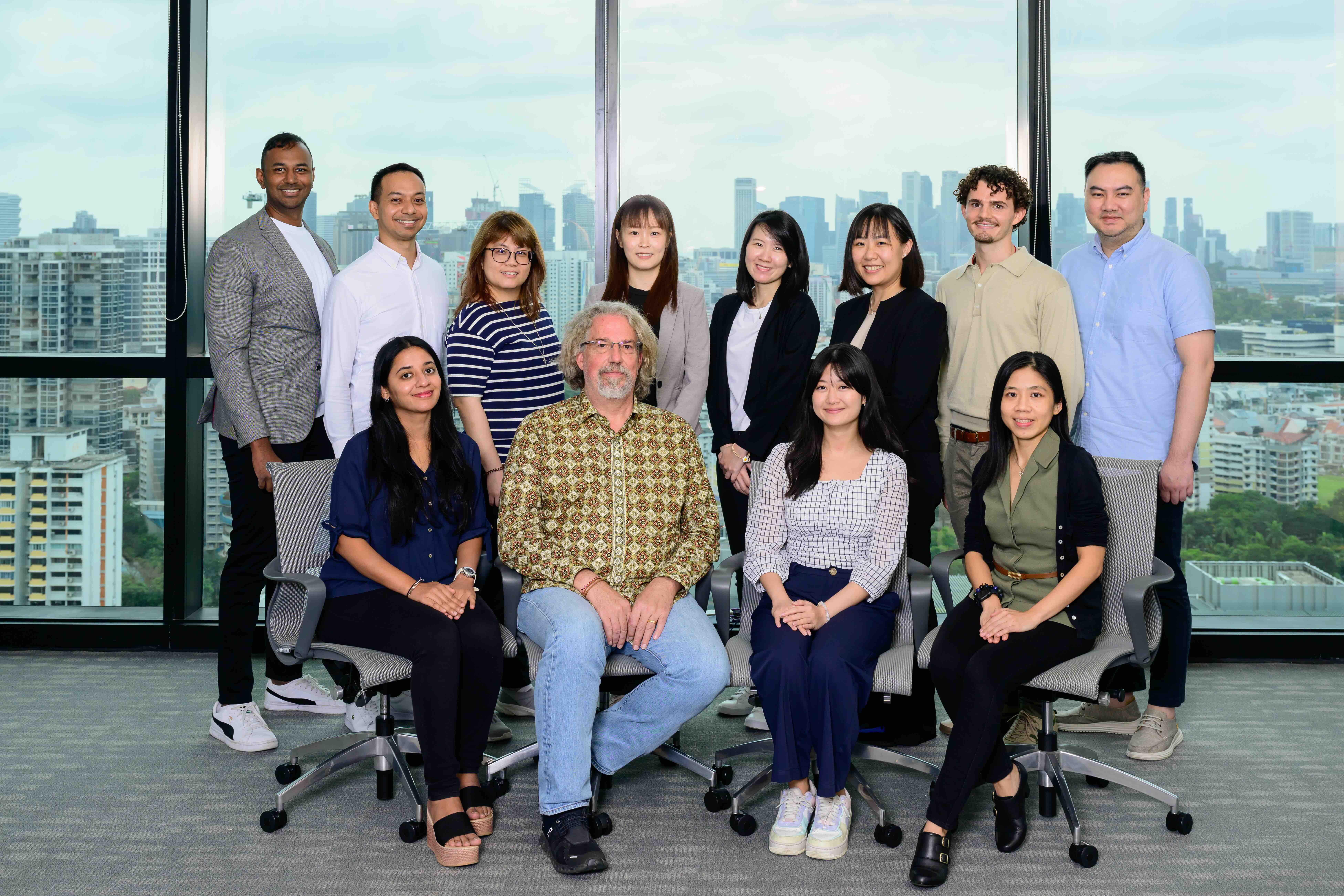Thomas Dawson

Deputy Executive Director
Email: thomas_dawson@asrl.a-star.edu.sg
Affiliated Professor, Medical University of South Carolina, College of Pharmacy, Department of Drug Discovery
Research themes: Skin Microbiome (Skin Mycobiome, Malassezia fungi, Microbe/Host interaction, Inflammation & Immunology), Hair & Appendages, Skin Aging
Biography
From 1998 to 2015, Tom built a distinguished career at Procter & Gamble (P&G), leading pioneering research in the Beauty Technology Division. His work on dandruff, hair thinning, and follicle metabolism directly contributed to market-leading innovations that propelled growth across P&G’s hair care and dermatology portfolios.
1. Dandruff Research & Malassezia Fungi:
2. Hair Follicle & Age-Related Thinning:
3. Leadership & Global Expansion at P&G:
Strategic Business Value at A*STAR
Tom continues to drive A*STAR’s long-term strategy, ensuring its position at the forefront of scientific discovery and market-leading innovations in hair and skin health. His leadership is pivotal in shaping the future of ASTAR’s research and product development in the beauty sector.
Research interests
Tom is the Director of the Asian Skin Microbiome Programme (ASMP), a global-leading consortium synergizing public and private funding to translate basic skin biology, microbiology, and immunology into value added technologies for commercial utility and the clinic. The ASMP leverages local clinical cohorts (HELIOS and GUSTO), multiple commercial (MNC to SME) partners, academic institutions (Singapore, USA, Sweden, Netherlands), local clinical health institutions, and A*STAR. The ASMP is addressing critical unmet needs in basic skin microbiome research.
Tom’s microbiology work focuses on Malassezia fungi, their interaction with the human host and other members of the microbial community, and skin health and disease. The Host/Microbe communication project recently identified that Malassezia regulate the human immune system through synthesis and secretion of a number of lipid mediators similar to human eicosanoids.
Prof Thomas also leads the SRIS/ASRL hair and scalp health programs. The scalp health program is investigating the role of Malassezia in dandruff and seborrheic dermatitis and other hyperproliferative skin diseases, including identification of new antifungal materials.
The hair health group is working to understand and develop treatments for normal, age-related hair loss in men and women by leveraging the HELIOS cohort, in women focusing on changes associated with menopause.

Dawson's Lab Team
Front Row (Left to Right): Shifana Raja Abdeen, Thomas Dawson, Chan Li Ting Nathania, Leong Kit Mun, Cheryl
Back Row (Left to Right): Bala Davient, Joosa Paul Adrain, Pamela Goh Bee Leng, Lee Shi Mun, Tham Huijun Phoebe, Stelle Tan Zi Jie, Luca Plado, Chow Mun Juinn
Selected publications
Leong C, Chua W, Chong C, Lee SM, Maurer-Stroh S, Jung WH, Dawson TL. Non-synonymous ERG11 mutations in M. restricta and M. arunalokei: impact on azole susceptibility. Microbiol Spectr 0:e00007 25. https://doi.org/10.1128/spectrum.00007-25
Ambaw, YA, Pagac, M, Irudayaswamy, A, Raida, M, Bendt, AK, Torta, FT, Wenk, MR, and TL Dawson. Host/Mycobiome Interactions: A quantitative, non-invasive method profiling skin eicosanoids and Malassezia oxylipins reveals community temporal stability and associates skin eicosanoid production to Malassezia on human skin. Metabolites, 2021, 11(10), 700; https://doi.org/10.3390/metabo11100700 (registering DOI)
Leong, C., Chan, JWK., Lee, SM., Lam, YI., Goh, JPZ., Ianiri, G., and TL Dawson. Azole Resistance Mechanisms in Pathogenic Malassezia furfur. Antimicrobial agents and chemotherapy. doi.org/10.1128/AAC.01975-20.
LeibundGut-Landmann, S., and TL Dawson. Malassezia: A Skin Commensal Yeast Impacting Both Health and Disease. Front. Cell. Infect. Microbiol., doi.org/10.3389/fcimb.2021.659219
Harsha, S, Srinivas, R, Common, J, and TL Dawson. Cutaneous Malassezia: commensal, pathogen, or protector? Front. Cell. Infect. Microbiol. doi: 10.3389/fcimb.2020.614446.
Poh, S-E, Goh, JPZ, Fan, C, Chua, W, Gan, SQ, Lim, PLK, Sharma, B, Leavesley, D, Dawson, TL, and Hao Li. Identification of Malassezia furfur secreted aspartyl protease 1 (MfSAP1) and its role in extracellular matrix degradation. Front. Cell. Infect. Microbiol., doi.org/10.3389/fcimb.2020.00148.
Goh, JPG, Ianiri, G, Heitman, J, and TL Dawson. Expression of a Malassezia Codon Optimized mCherry Fluorescent Protein in a Bicistronic Vector. Front. Cell. Infect. Microbiol., doi.org/10.3389/fcimb.2020.00367.
Venkatesan, G., Dancik, Y., Sinha, A., Kyaw, HM, Srinivas, R., Dawson, TL., Bigliardi, M., Bigliardi, P., and G Pastorin. Development of novel alternative hair dyes to hazardous para-phenylenediamine. Journal of Hazardous Materials, doi.org/10.1016/j.jhazmat.2020.123712.
Park, M., Cho, Y-J., Kim, D., Yang, CS., Lee, SM., Dawson, TL., Nakamizo, S., Kabashima, K., Lee, W., and WH Jung. A novel virus alters gene expression and vacuolar morphology in Malassezia cells and induces a TLR3-mediated inflammatory immune response. mBio, DOI: 10.1128/mBio.01521-20.
2020 Leong, C., Wang, J., Toi, MJ., Lam, YI., Goh, J., Lee, SM., Dawson, T. Effect of zinc pyrithione shampoo treatment on skin commensal Malassezia. Medical Mycology, doi.org/10.1093/mmy/myaa068.
Sankaranarayanan, S., Ianiri, G., Coelho, M., Reza, H., Thimmappa, B., Ganguly, P., Vadnala, R., Sun, S., Siddharthan, R., Tellgren-Roth, C., Dawson, T., Heitman, J., Sanyal, K. Loss of centromere function drives karyotype evolution in closely related Malassezia species. eLife, doi: 10.7554/eLife.53944
Leong C, Schmid B, Toi MJ, Wang J, Irudayaswamy AS, Goh JPZ, Bosshard PP, Glatz M, Dawson TL Jr. Geographical and Ethnic Differences Influence Culturable Commensal Yeast Diversity on Healthy Skin. Front Microbiol. 2019 Aug 27;10:1891. doi: 10.3389/fmicb.2019.01891. PMID: 31551938; PMCID: PMC6736582.
Ramasamy S, Barnard E, Dawson TL Jr, Li H. The role of the skin microbiota in acne pathophysiology. Br J Dermatol. 2019 Oct;181(4):691-699. doi: 10.1111/bjd.18230. Epub 2019 Jul 24. PMID: 31342510.
Dawson TL Jr. Malassezia: The Forbidden Kingdom Opens. Cell Host Microbe. 2019 Mar 13;25(3):345-347. doi: 10.1016/j.chom.2019.02.010. PMID: 30870616.
Li H, Goh BN, Teh WK, Jiang Z, Goh JPZ, Goh A, Wu G, Hoon SS, Raida M, Camattari A, Yang L, O'Donoghue AJ, Dawson TL Jr. Skin Commensal Malassezia globosa Secreted Protease Attenuates Staphylococcus aureus Biofilm Formation. J Invest Dermatol. 2018 May;138(5):1137-1145. doi: 10.1016/j.jid.2017.11.034. Epub 2017 Dec 12. PMID: 29246799.
Grice EA, Dawson TL Jr. Host-microbe interactions: Malassezia and human skin. Curr Opin Microbiol. 2017 Dec;40:81-87. doi: 10.1016/j.mib.2017.10.024. Epub 2017 Nov 12. PMID: 29141240.
ORCID
A*STAR celebrates International Women's Day

From groundbreaking discoveries to cutting-edge research, our researchers are empowering the next generation of female science, technology, engineering and mathematics (STEM) leaders.
Get inspired by our #WomeninSTEM
